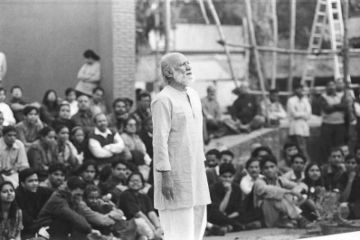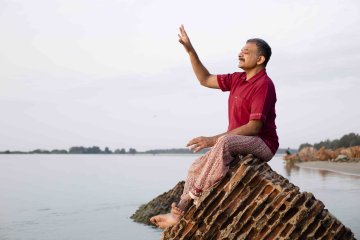
Igrew up in Zia’s
Pakistan. We lived in a country that was being re-engineered as an “Islamic
state”. State television had extensive programming on religion and even the
television soaps, with some glorious exceptions, regurgitated the state
narrative: Pakistan was an ideological state and it needed to assume a new
identity independent of its plural culture and thousands of years of history
inherited from the Indian subcontinent. In this milieu, I was also subject to
mild indoctrinat





